Looks cool.
Tarmac Linemarking.
Tarmac Linemarking’s John Emanuelli, told News.com.au that since the trial photos went viral he has been inundated with businesses and councils looking to have their paths illuminated with his technology.

Looks cool.
Tarmac Linemarking.
Tarmac Linemarking’s John Emanuelli, told News.com.au that since the trial photos went viral he has been inundated with businesses and councils looking to have their paths illuminated with his technology.
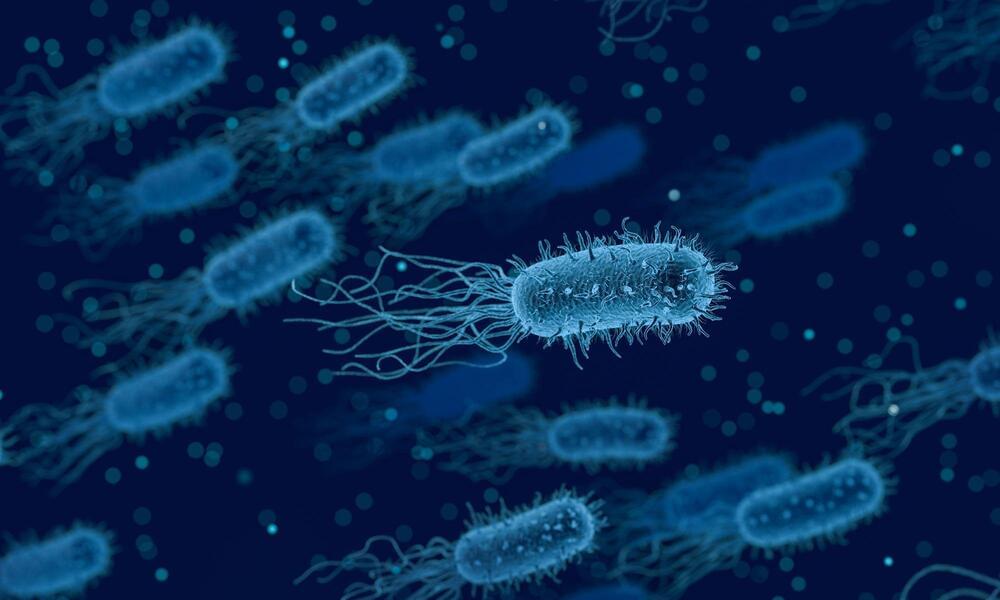
UNIGE researchers have discovered that a medication commonly used to treat herpes can combat an antibiotic-resistant bacterium by disrupting its defense mechanisms.
Antibiotic resistance, or the ability of bacteria to develop resistance to treatment with antibiotics, has become a major concern for global health. The World Health Organization (WHO) considers it one of the greatest threats to health. The overuse of antibiotics has contributed to the emergence of antibiotic-resistant bacteria, which can cause serious illness and death. One example of an antibiotic-resistant pathogen is Klebsiella pneumoniae, a bacterium commonly found in hospitals and known for its virulence. Without effective treatment options, we could see a resurgence of diseases such as pneumonia and salmonella, which were once easily treated with antibiotics.
Researchers at the University of Geneva (UNIGE) have found that edoxudine, an anti-herpes molecule developed in the 1960s, can disrupt the protective surface of Klebsiella bacteria and make them more vulnerable to being eliminated by immune cells. The researchers’ findings were recently published in the journal PLOS ONE.
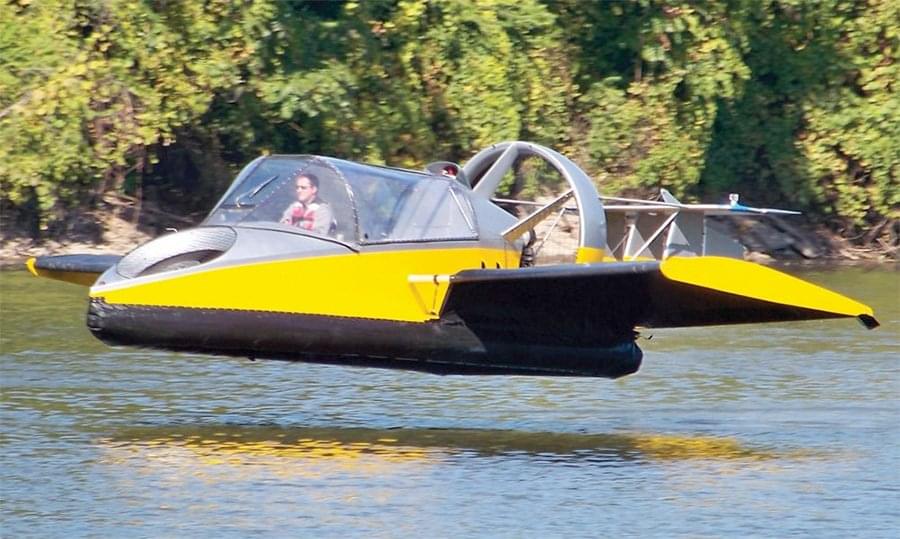
Hammacher Schlemmer, a U.S. catalog company, has recently listed a flying hovercraft for purchase. The company claims that the craft can not only hover over land and water but that it can fly through the air at impressive speeds. A flying hovercraft may sound like something out of a comic book, but it’s a real product with some unique and noteworthy features.
About Hammacher Schlemmer
People may be surprised to hear that Hammacher Schlemmer, a company that sells decorations, sporting goods, furniture, and uncommon electronics, is offering a flying hovercraft. However, it’s important to note that the company doesn’t create or design its products. Instead, it offers a catalog of products that 3rd party manufacturers designed.
The glow-in-the-dark pavement is charged by the sun during the day and emits its own light for up to 10 hours at night, eliminating the need for energy-consuming street lights. The glow-in-the-dark pavement is just the first stage of many potential projects engineers are testing to make roadways safer and more energy efficient.
Everyone is concerned when driving on a dark road if the road markers are not clearly visible or if the lighting is insufficient. Fortunately, Tarmac Linemarking, an Australian firm that works with OmniGrip and Vicroads, has made a fresh breakthrough by generating glow-in-the-dark road markings that resemble children’s toys. According to a report by News.com.au published on Thursday. The test was conducted on a one-kilometer section of the Metong Road in Victoria’s southeast and images were posted on Facebook.
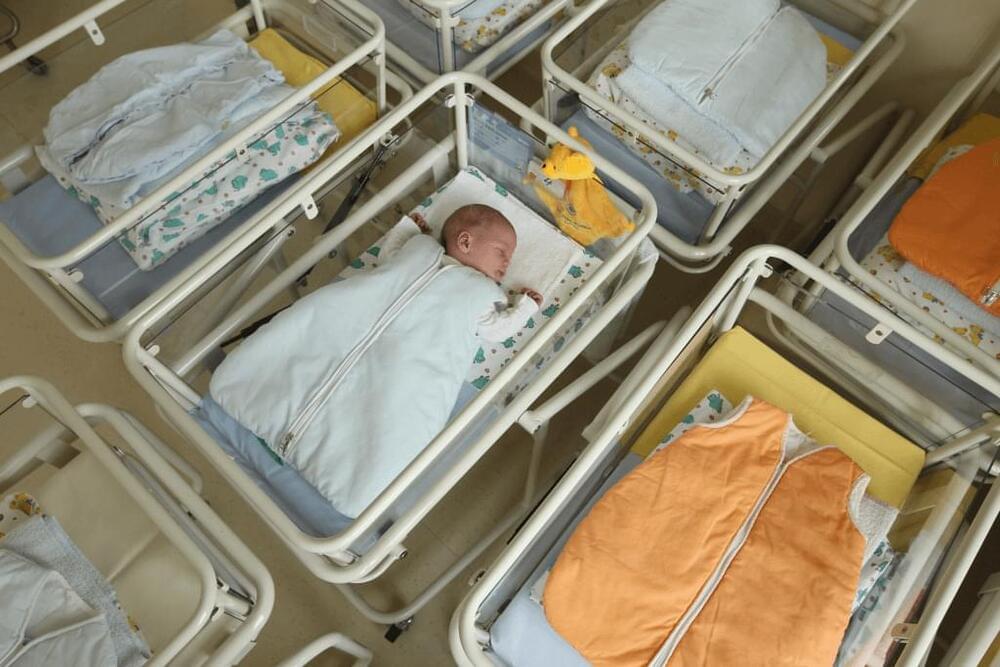
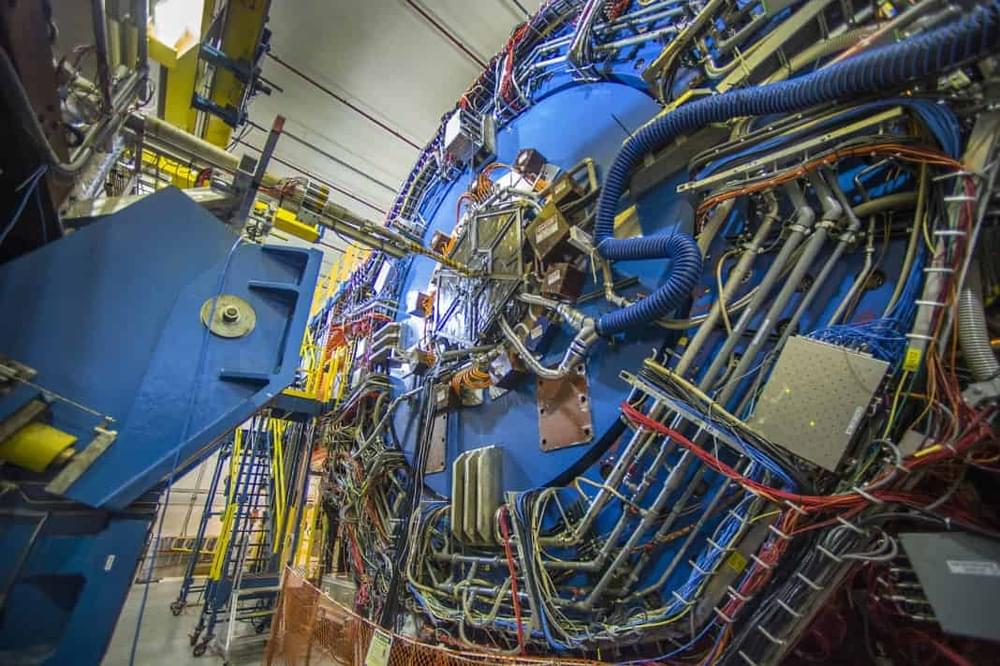
For the first time, physicists at the Brookhaven National Laboratory have come across a novel type of quantum entanglement, the extremely bizarre phenomenon that occurs when a pair of particles remain connected even when separated by galactic distances. Thanks to this effect, the researchers were also able to peer inside the atomic nuclei with unprecedented detail.
Quantum entanglement is a strange and fascinating phenomenon that has puzzled scientists for decades. It occurs when pairs of particles become so closely connected that one can no longer be described without the other, no matter how far apart they may be. Even more strange, changing one will instantly trigger a change in its partner, even if it was on the other side of the universe. In theory, this effect would enable faster-than-light communication if you encode the changes in these states with 1s and 0s.
This concept may sound impossible to us, as it goes against our classical understanding of physics, and it even unnerved Albert Einstein, who referred to it as “spooky action at a distance.” However, numerous experiments have consistently proven the existence of quantum entanglement by manipulating the properties of the entangled particles, such as their spin or polarization, and observing the effects on the other particle. Today, quantum entanglement forms the backbone of emerging technologies such as quantum computers and networks.
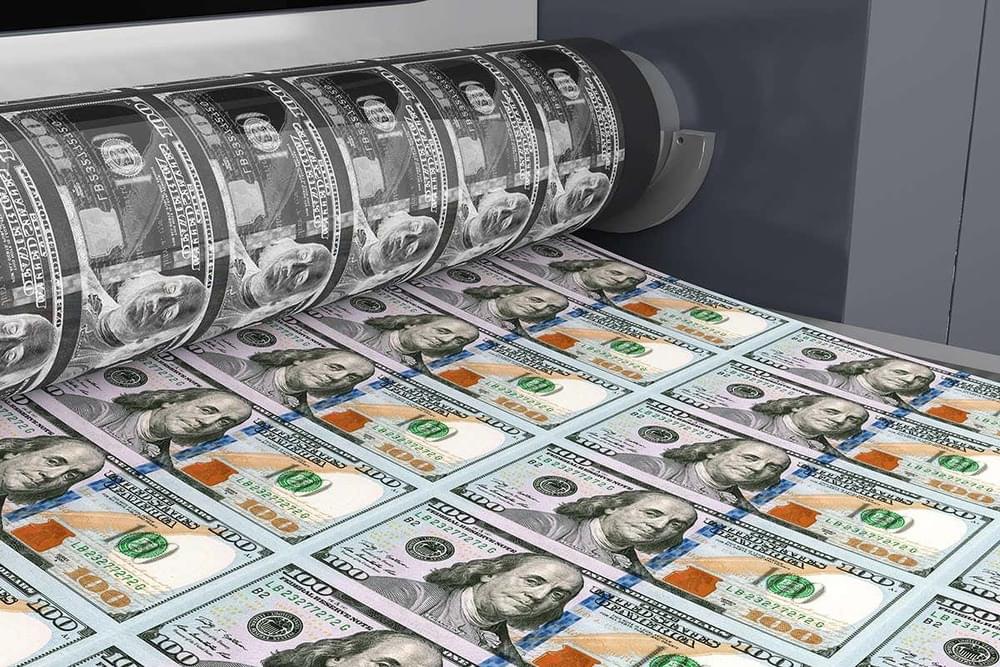

The first orbital space launch from British soil is scheduled to take off on Monday.
A modified Boeing 747 airplane known as Cosmic Girl will take off from Spaceport Cornwall in England. Once it reaches 35,000 feet in the air, the converted aircraft will deploy a rocket, called LauncherOne, into space.
The LauncherOne rocket will deliver several payloads into orbit, including Wales’ first satellite and the first ever satellite launched by Oman to observe Earth.


Jesus Christ of sharks has risen 🙏
A rare event has taken place in the Cala Gonone Aquarium in Sardinia, Italy. A smooth-hound shark gave birth to a baby shark without any male interference in the tank she has been living in for the past ten years with only another smooth-hound female and no males, reports Agenzia Italia. This could prove to be the first and only parthenogenesis example in this specific species of shark, and hence, t he newborn female shark is named Ispera, which means Hope in Sardinian.
While other sharks and rays, including the bonnethead, the blacktip shark, and the zebra shark have previously been observed doing parthenogenesis, smooth-hound sharks, scientifically known as Mustelus mustelus, have never been, as far as scientists know. If confirmed, this event could be a scientific discovery of smooth-hounds’ using parthenogenesis.